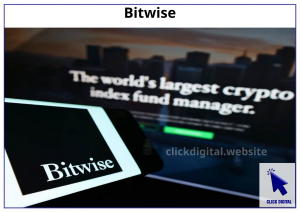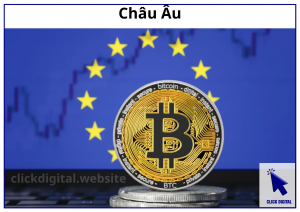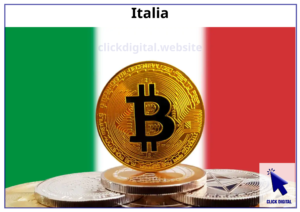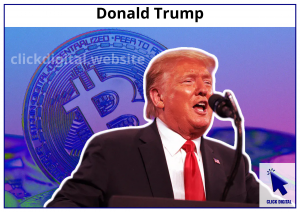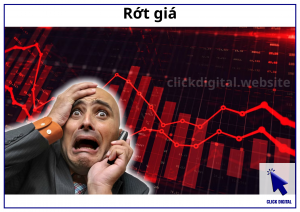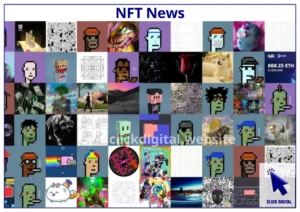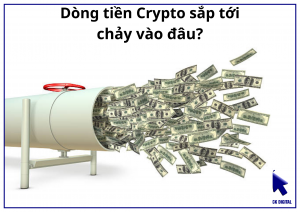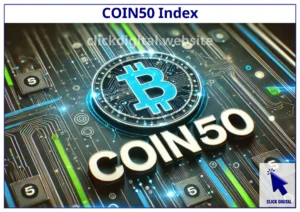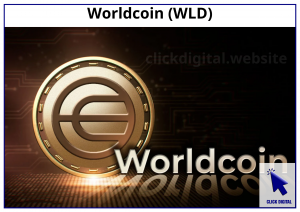Key Takeaways:
- MiCA introduces the first major crypto regulation in Europe.
- It aims to boost trust and security but adds significant compliance costs.
- Small investors, stablecoin issuers, and crypto startups must adapt quickly.
On December 30, Europe took a bold step into crypto regulation. The MiCA (Markets in Crypto-Assets) law officially came into effect, making the EU the first region in the world with comprehensive rules for digital assets.
For some, this is a long-overdue move to bring structure and maturity to the crypto space. Others are worried it could stifle innovation and push companies out of Europe. One thing’s for sure — things are about to change. Let’s unpack what MiCA means for crypto investors, stablecoins, and the broader market.
Table of Contents
MiCA: A Blessing or a Burden?
Dmitrij Radin, founder of Zekret and CTO at Fideum, sees MiCA as a necessary step. Regulations help markets grow up, he says. In the long run, MiCA will bring more capital and trust.
However, he’s quick to point out that MiCA also exposes the weak spots in crypto’s foundation. Small investors and everyday users are likely to feel the pinch from stricter rules.
What Small Investors Should Expect
If you’re a retail investor, get ready for more red tape. MiCA raises compliance standards across the board. Here’s what that looks like:
- Identity Checks Will Be Stricter: You’ll need to verify your identity, declare your source of funds, and comply with detailed Know Your Customer (KYC) regulations.
- More Monitoring of Transactions: Every trade will be tracked more closely, leaving little room for anonymous activity.
- Increased Tax Oversight: Profits from crypto investments are already under scrutiny, and MiCA adds more pressure.
Governments will also have more power to enforce compliance. Blockchain platforms that don’t follow the rules could face lawsuits or shutdowns as MiCA rolls out.
Stablecoins: Big Targets, Big Risks
Stablecoins are central to the crypto economy, providing the stability of fiat currency with the flexibility of digital assets. MiCA puts these coins under intense scrutiny.
Take USDT, the world’s most popular stablecoin. It currently doesn’t meet MiCA’s standards, raising questions about its future in Europe.
USDT doesn’t meet MiCA’s standards
Here are some challenges stablecoin issuers will face:
| MiCA Rule | Impact on Stablecoins |
| Strict Reserve Requirements | Issuers must keep large reserves in EU-based banks. |
| Banking Obligations | Major issuers like Tether may need to hold 60% or more reserves locally. |
| High Compliance Costs | Smaller issuers may struggle with the cost of meeting these standards. |
Coinbase Europe has already delisted USDT and other stablecoins to comply with MiCA. Meanwhile, Societe Generale partnered with Bitpanda to launch EURCV, a euro-backed stablecoin that follows MiCA’s rules.
Tether has deep pockets and may weather these changes, but smaller stablecoins could be squeezed out of the market.
Long-Term Market Effects
MiCA’s impact goes beyond just stablecoins. It’s going to affect the entire crypto ecosystem in Europe. Here’s what we might see:
- Small Startups Leaving the EU
- Neighboring Markets Could Benefit
- Stronger Consumer Protections
- Higher Operating Costs
- Migration Within the EU
Tax Pressure Adds to the Challenge
MiCA isn’t the only headache for crypto users. Many EU countries are also raising taxes on crypto profits. Italy, for example, recently imposed a whopping 42% tax rate on crypto gains.
What does this mean for the future?
- Crypto Is Mainstream Now: It’s no longer just a playground for tech enthusiasts. It’s becoming part of the financial mainstream, complete with taxes and regulations.
- Governments Want Their Share: As crypto grows, it’s becoming a tempting source of revenue for cash-strapped governments.
MiCA: A Painful but Necessary Evolution
The short-term pain is real. Compliance costs will rise. Some companies will leave. Investors will have to navigate a more regulated environment.
But there’s a long-term upside. Clearer rules can build trust. Institutional investors — the kind who’ve been wary of crypto’s wild west nature — might finally jump in. MiCA could professionalize the market and lay the foundation for sustainable growth.
Wrapping It Up
MiCA is a big deal. It brings structure, stability, and protection to Europe’s crypto market. But it also raises costs, reduces privacy, and creates new challenges for businesses and investors alike.
Whether it’s a blessing or a burden depends on how well the industry adapts. For now, one thing is certain — MiCA will shape the future of crypto in Europe. Stay informed, stay adaptable, and be ready for what comes next. This is only the beginning.

